Pleased As Punch: The Best Of Britain
Smack Dab In The Middle: Design Trends Of The Mid-20th Century
By Donald-Brian Johnson - October 21, 2022
MAD had gap-toothed goof Alfred E. Neuman. The New Yorker has top-hatted dandy Eustace Tilley. And Punch, Britains long-lived humor magazine, had...well... Punch. This crook-nosed trickster was the cover boy for almost every issue of Punch, from its very first, in 1841, to its very last, in 1992. During that 150-year span, Mr. Punch (usually accompanied by his dog Toby), found himself in every sort of whimsical situation, from watering spring flowers with a set of bagpipes, to posing as Sherlock Holmes (with Toby as a nervous suspect). If the situations at times bordered on the cartoonish, so much the better. Punch was, after all, the publication that first embodied the term cartoon. Founders Henry Mayhew and Ebenezer Landells, along with co-editor Mark Lemon, saw their magazines mission as offering humor laced with a healthy dose of satire. To get that point across, what better choice for a mascot than Mr. Punch? Even in 1841, hed already been wreaking havoc for centuries, bringing his unique blend of comic anarchy to puppet shows around the world. Although introduced in 15th century Italy as the commedia dellarte figure Punchinello, Mr. Punch really came into his own in the mid-1600s, with his debut in England as a glove (hand) puppet. Aided by his wife Judy and a roster of colorful cohorts, Mr. Punch engaged in a variety of boisterous doings. A Punch-and-Judy show was like an episode of The Three Stooges on steroids. Mr. Punch (think Moe) quarrels with everyone he encounters, his squawking kazoo-like voice courtesy of a mouth device (the swazzle) used by the puppeteer. Each short scene usually concluded with Punch slapping his puppet co-star of the moment (think long-suffering Larry or Curly), with his ever-present stick (Yes, thats right: his slapstick). Punch (the puppet show) was fast-paced and episodic, so that passersby viewing street performances could come and go at will. Punch (the magazine) had the same intent. In both cases, the breezy presentation was deceiving. Plenty of careful planning went into creating that final impromptu product. Much like its American counterpart, The New Yorker, one could dip into Punch at will, experiencing whichever episode caught the eye. Charivaria, an opening collection of bits and pieces, gave readers a taste of the dry wit that was in store: The Minister of Health has banned more than 600 drugs of little or no medicinal value. This is a facer for doctors, who must still find something to give patients with little or nothing the matter with them. Other samplings from Punchs tongue-in-cheek smorgasbord included poems, movie and stage reviews, essays, colorful advertisements, and...oh, yes...those cartoons. Co-founder Landells, a wood-engraver and an ardent admirer of the satiric engravings in French magazines, saw Punch as the natural home for similar works. Previously, cartoon (from the Italian cartone) had referred to a preliminary sketch done on cardboard. In 1843, when British lawmakers displayed cartoons of murals intended to decorate the Houses of Parliament, Punch grabbed the term and ran with it. Soon, the magazines cartoons became one its most popular features. Over the years, contributors to Punch included such literary lions as William Makepeace Thackeray and A.A. Milne. Among its numerous illustrators: Alice in Wonderlands John Tenniel. And among its even more numerous fans, such legends as Mark Twain, Emily Dickinson, Charles Dickens, and even Queen Victoria. Punch chugged along merrily into the 20th century, reaching its peak in the 1940s and 50s. After that, readership began to taper off, as competitors with a more modern edge emerged. The original magazine stopped its presses in 1992, although there was a brief resurrection from 1996-2002. For todays readers, vintage issues of Punch provide a distinctly British take on a world-that-was. And, at $10-$20 an issue, theyre definitely affordable, so pick up a copy. Will you be happy with your purchase? Why, youll be pleased as Punch! Photo Associate: Hank Kuhlmann. All photos by Donald-Brian Johnson. Donald-Brian Johnson is the co-author of numerous Schiffer books on design and collectibles, including Postwar Pop, a collection of his columns. Please address inquiries to: donaldbrian@msn.com.

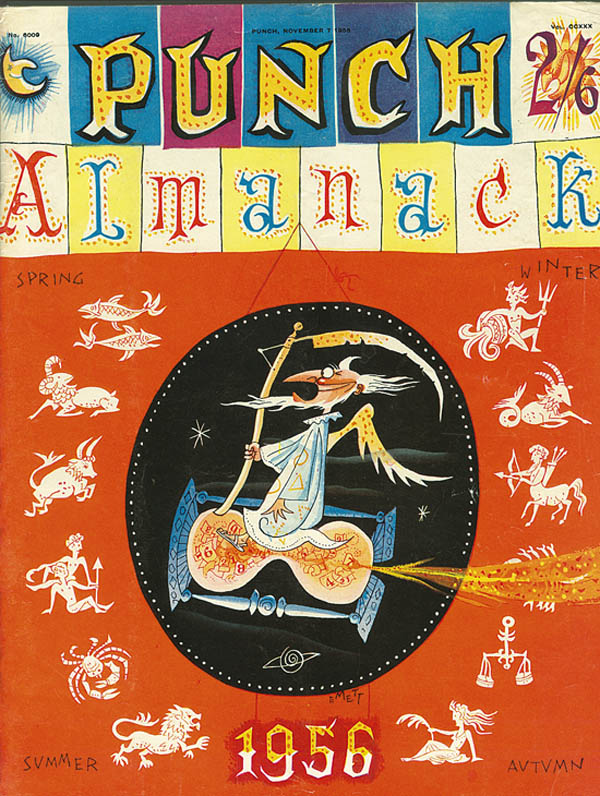

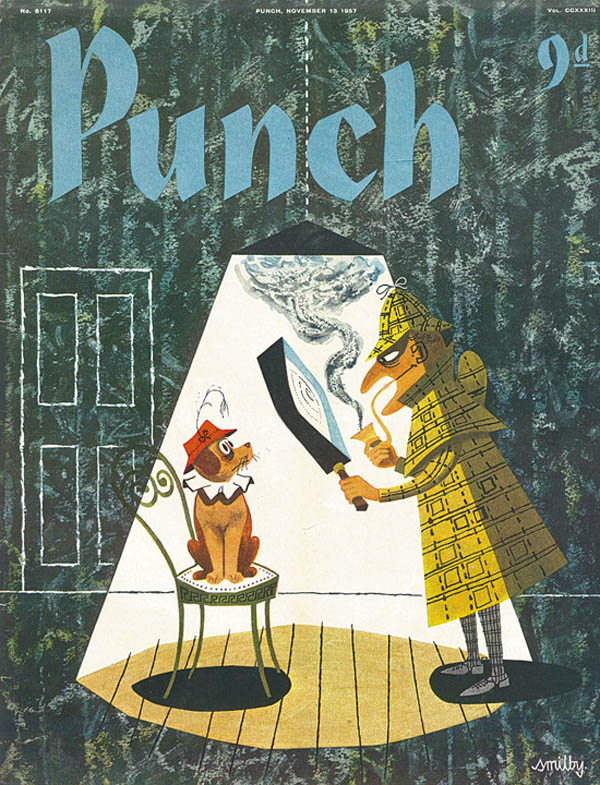
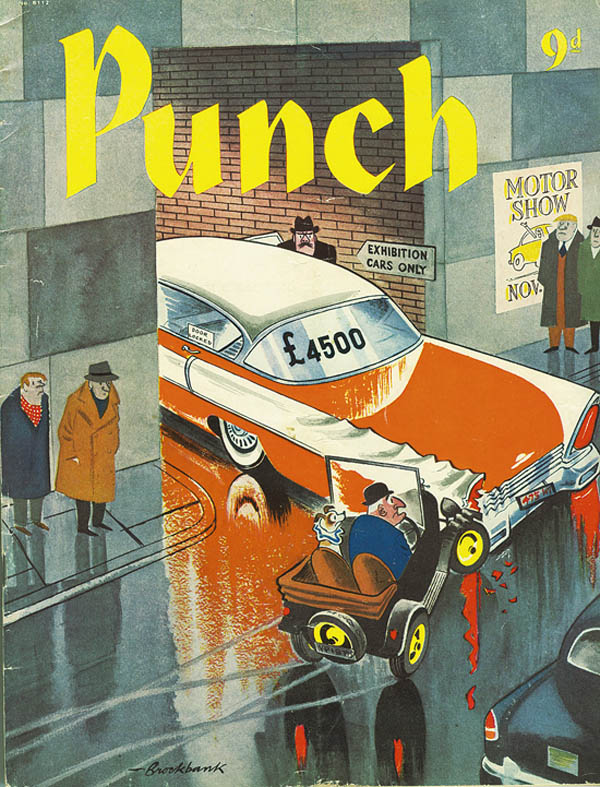


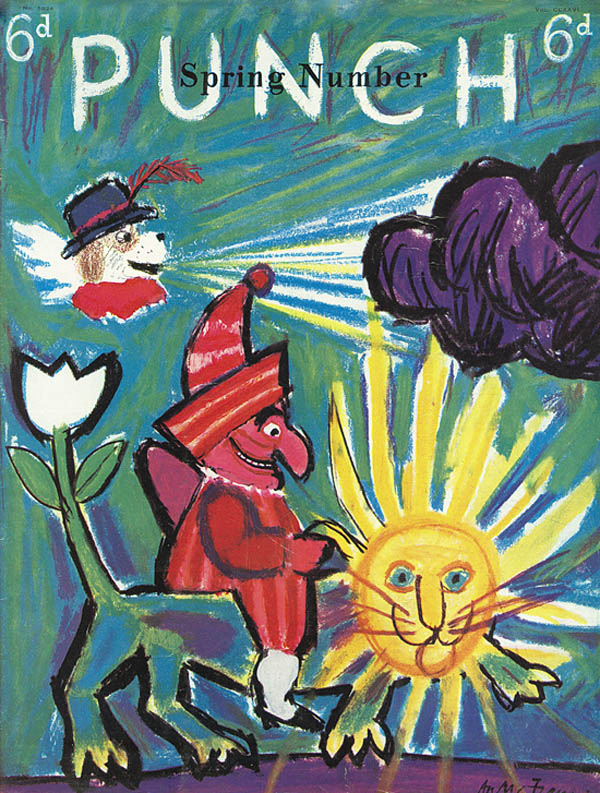


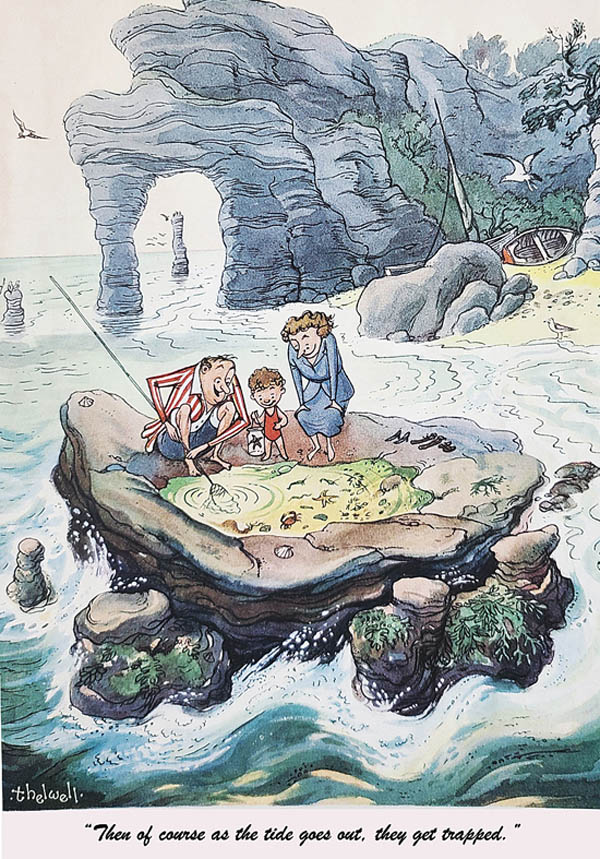
SHARE
PRINT